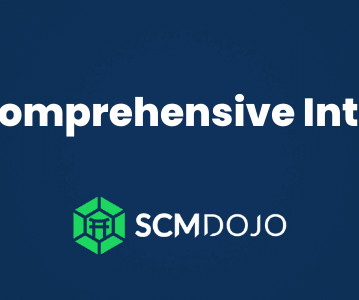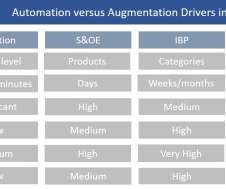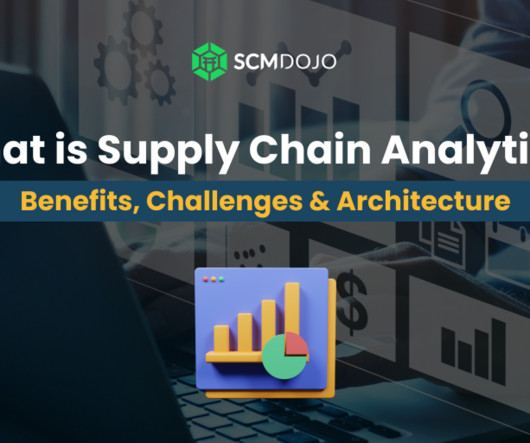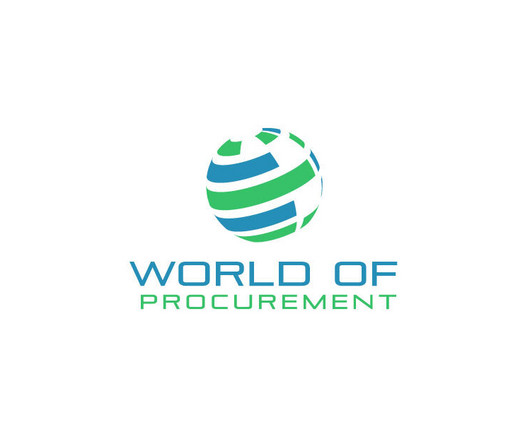Supply Chain Forecasting — Everything You Should Know
Procurement Tactics
MARCH 27, 2023
Although it always relates to demand and sales projections, forecasting can also be used to determine product pricing, lead times, labor needs, and more. The integration of AI into forecasting improves accuracy, saves more money, and helps businesses react to exceptions in real-time.














Let's personalize your content